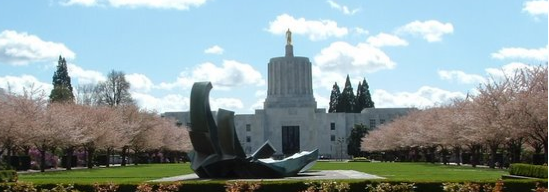Subject: [New post] Why a Finite World is a Problem
Reply-To: "Our Finite World" <comment+2jgs8vbtdpim_t9k7r-n9_@comment.wordpress.com>
WordPress.com
Respond to this post by replying above this line
Thanks for flying with WordPress.com


STRONG Salem is for everyone who wants to help and participate in getting Salem, Oregon, to quit chasing Growth Ponzi Scheme plans and instead become a resilient, fiscally responsible place that lives by the wisdom that "Communities exist for the health and enjoyment of those who live in them, not for the convenience of those who drive through them, fly over them, or exploit their real estate for profit."
Subject: [New post] Why a Finite World is a Problem
Reply-To: "Our Finite World" <comment+2jgs8vbtdpim_t9k7r-n9_@comment.wordpress.com>
WordPress.com
Gail Tverberg posted: "Why is a finite world a problem? I can think of many answers: 1. A finite world is a problem because we and all of the other creatures living in this world share the same piece of "real estate." If humans use increasingly more resources, other species "
Respond to this post by replying above this line
New post on Our Finite World


Why a Finite World is a Problem
by Gail TverbergWhy is a finite world a problem? I can think of many answers:
1. A finite world is a problem because we and all of the other creatures living in this world share the same piece of "real estate." If humans use increasingly more resources, other species necessarily use less. Even "renewable" resources are shared with other species. If humans use more, other species must use less. Solar panels covering the desert floor interfere with normal wildlife; the use of plants for biofuels means less area is available for planting food and for vegetation preferred by desirable insects, such as bees.
2. A finite world is governed by cycles. We like to project in straight lines or as constant percentage increases, but the real world doesn't follow such patterns. Each day has 24 hours. Water moves in waves. Humans are born, mature, and die. A resource is extracted from an area, and the area suddenly becomes much poorer once the income from those exports is removed. Once a country becomes poorer, fighting is likely to break out. A recent example of this is Egypt's loss of oil exports, about the time of the Arab Spring uprisings in 2011 (Figure 1). The fighting has not yet stopped.

Figure 1. Egypt's oil production and consumption, based on BP's 2013 Statistical Review of World Energy data.
The interconnectedness of resources with the way economies work, and the problems that occur when those resources are not present, make the future much less predictable than most models would suggest.
3. A finite world means that we eventually run short of easy-to-extract resources of many types, including fossil fuels, uranium, and metals. This doesn't mean that we will "run out" of these resources. Instead, it means that the extraction process will become more expensive for these fuels and metals, unless technology somehow acts to hold costs down. If extraction costs rise, anything made using these fuels and metals becomes more expensive, assuming businesses selling these products are able to recover their costs. (If they don't, they go out of business, quickly!) Figure 2 shows that a recent turning point toward higher costs came in 2002, for both energy products and base metals.

Figure 2. World Bank Energy (oil, natural gas, and coal) and Base Metals price indices, using 2005 US dollars, indexed to 2010 = 100. Base metals exclude iron. Data source: World Bank.
Gail Tverberg | January 2, 2014 at 9:54 pm | Categories: Financial Implications | URL: http://wp.me/p3dRG-a4a
Comment See all comments
Thanks for flying with WordPress.com

Jan 19, 2008: LOVESalem reaches the web, bringing a vitally needed message to Oregon's capital city: We must Oregon-ize to put the needs of people before the needs of cars. This requires that we live our environmental values -- that we LOVE (Live Our Values Environmentally) Salem -- by working to stop the Sprawl Machine.
The Sprawl Machine is a ravenous beast that feeds on green space, close-in neighborhoods, and property taxes and that excretes monstrous, ugly road projects that pollute the air, increase mortality and morbidity, promote climate change, weaken families and neighborhoods, and help weaken the social fabric and civic participation.
The Sprawl Machine works by constantly luring its prey with promises that the problems created by cars can be addressed by doing more of the same -- building more lanes, more bridges, consuming ever more money. In other words, the Sprawl Machine promises that we can keep doing the same thing over and over, while expecting a different result this time.
To subscribe and receive updates whenever new items are posted, go to the "Subscribe" link at the bottom of this page.
No comments:
Post a Comment